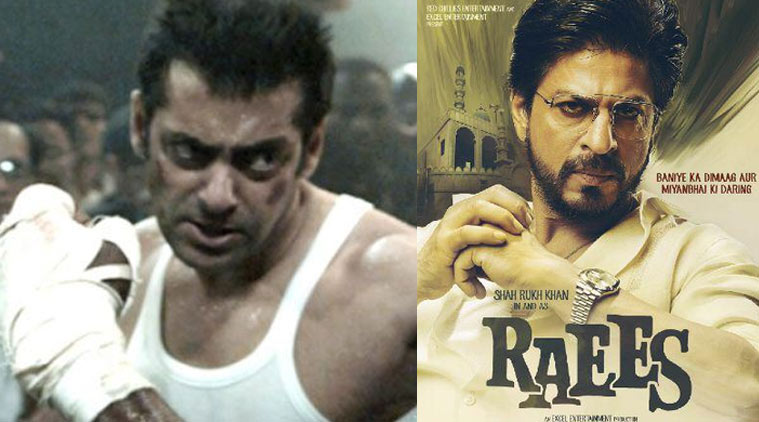Diwali is a five day festival in many parts of India, with Diwali night focused on the new moon - the darkest night - the end of the Hindu lunar month of Ashwin and the beginning of the month of Kartika. In the Common Era calendar, Diwali usually falls in late October or the first half of November each year. The darkest autumn night lit with diyas, candles and lanterns, makes the festival of lights particularly memorable. Diwali is a festival of sounds and sights with fireworks and rangoli designs; The festival is a major celebration of flavors with numerous parties and mithai (sweets, desserts) and a festival of Diwali ritually emotions brings family and friends together every year.Rituals and prepared for Diwali begin days or weeks in advance. The festival formally begins two days before the night of Independence Day, and ends two days later. Every day has the following rituals and meanings:
Dhanteras
Dhanteras starts off the five day festival. Starting days before and through Dhanteras, houses and business premises are cleaned, renovated and decorated. Women and children decorate entrances with Rangoli – creative colourful floor designs both inside and in the walkways of their homes or offices. Boys and men get busy with external lighting arrangements and completing all renovation work in progress. For some, the day celebrates the churning of cosmic ocean of milk between the forces of good and forces of evil; this day marks the birthday of Lakshmi – the Goddess of Wealth and Prosperity, and the birthday of Dhanvantari – the God of Health and Healing. On the night of Dhanteras, diyas (lamps) are ritually kept burning all through the nights in honor of Lakshmi and Dhanvantari.
Dhanteras is also a major shopping day, particularly for gold or silver articles. Merchants, traders and retailers stock up, put articles on sale, and prepare for this day. Lakshmi Puja is performed in the evening. Some people decorate their shops, work place or items symbolizing their source of sustenance and prosperity.
Naraka Chaturdasi
Narak Chaturdasi is the second day of festivities, and is also called Choti Diwali. Typically, house decoration and colourful floor patterns called rangoli are made on or before Narak Chaturdasi. Special bathing rituals such as a fragrant oil bath are held in some regions, followed by minor pujas. Women decorate their hands with henna designs. Families are also busy preparing homemade sweets for main Diwali.
Lakshmi Puja
The third day is the main festive day. People wear new clothes or their best outfits as the evening approaches. Then diyas are lit, pujas are offered to Lakshmi, and to one or more additional deities depending on the region of India; typically Ganesha, Saraswati, and Kubera. Lakshmi symbolises wealth and prosperity, and her blessings are invoked for a good year ahead.
Lakshmi is believed to roam the earth on Diwali night. On the evening of Diwali, people open their doors and windows to welcome Lakshmi, and place diya lights on their windowsills and balcony ledges to invite her in. On this day, the mothers who work hard all year, are recognized by the family and she is seen to embody a part of Lakshmi, the good fortune and prosperity of the household. Small earthenware lamps filled with oil are lighted and placed in rows by some Hindus along the parapets of temples and houses. Some set diyas adrift on rivers and streams. Important relationships and friendships are also recognized during the day, by visiting relatives and friends, exchanging gifts and sweets.
After the puja, people go outside and celebrate by lighting up patakhe (fireworks). The children enjoy sparklers and variety of small fireworks, while adults enjoy playing with ground chakra, Vishnu chakra, flowerpots (anaar), sutli bomb, rockets and bigger fireworks. The fireworks signify celebration of Diwali as well a way to chase away evil spirits. After fireworks, people head back to a family feast, conversations and mithai (sweets, desserts).
Padwa, Balipratipada
The day after Diwali, is celebrated as Padwa. This day ritually celebrates the love and mutual devotion between the wife and husband. The husbands give thoughtful gifts, or elaborate ones to respective spouses. In many regions, newly married daughters with their husbands are invited for special meals. Sometimes brothers go and pick up their sisters from their in-laws home for this important day. The day is also a special day for the married couple, in a manner similar to anniversaries elsewhere in the world. The day after Diwali devotees perform Goverdhan puja in honor of Lord Krishna.
Diwali also marks the beginning of new year, in some parts of India, where the Hindu Vikram Samvat calendar is popular. Merchants and shopkeepers close out their old year, and start a new fiscal year with blessings from Lakshmi and other deities.
Bhai Duj, Bhaiya Dooji
The last day of festival is called Bhai dooj (Brother’s second) or Bhai tika in Nepal, where it is the major day of the festival. It celebrates the sister-brother loving relationship, in a spirit similar to Raksha Bandhan but with different rituals. The day ritually emphasizes the love and lifelong bond between siblings. It is a day when women and girls get together, perform a puja with prayers for the well being of their brothers, then return to a ritual of food-sharing, gift-giving and conversations. In historic times, this was a day in autumn when brothers would travel to meet their sisters, or bring over their sister’s family to their village homes to celebrate their sister-brother bond with the bounty of seasonal harvests.
Festival of peace
On this festive occasion, Hindu, Jain and Sikh communities also mark charitable causes, kindness, and for peace. For example, at the international border, every year on Diwali, Indian forces approach Pakistani forces and offer traditional Indian sweets on the occasion of Diwali. The Pakistani soldiers anticipating the gesture, return the goodwill with an assortment of Pakistani sweets
